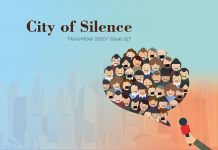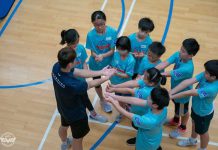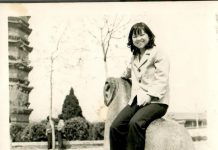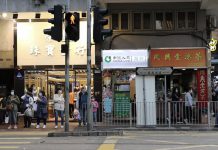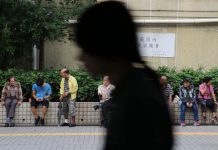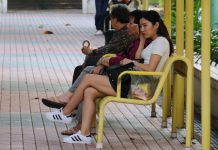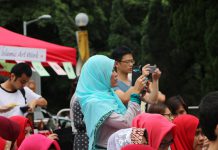Hau Lok-man, a 20-year-old indigenous villager who was born and raised in Kam Tsin agrees there is no distinct boundary between indigenous inhabitants and non-indigenous villagers. She recalls that as a child she played with other village children of her age and there was no question of avoiding non-indigenous kids.
Rather, it was at secondary school that she felt singled out for her identity as an indigenous villager during a Liberal Studies class. She still bristles at the memory, “I’m not entitled to any property or any money,” says Hau, “Actually I think there’s no difference between female indigenous inhabitants and other Hong Kong citizens.”
As a female, Hau does not enjoy ding rights under the New Territories Small House Policy while her brother can apply for it when he is 18 years-old. Hau thinks this is unfair, but she says she understands the policy was formulated in adherence to traditional Chinese patriarchal values.
“My father and brother won’t abandon me, so, it’s okay.” she assures herself.
Her mother, 49 year-old Ko Chi-mun thinks society wrongly assumes there is a tension between indigenous and non-indigenous villagers. “We have really good relationships with non-indigenous villagers,” says Ko, “It’s those living outside the village we have greater disagreement with.”
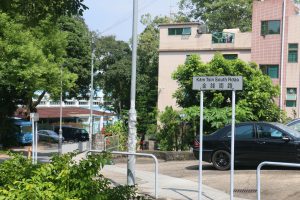
Ko thinks this may be because representatives from Rural Committee and Heung Yee Kuk have created a negative image that has tarnished all indigenous inhabitants. She points out that most indigenous inhabitants do not have any land and have the same access to resources that every Hong Kong resident has.
“When you have a small group of people boasting about how they as indigenous inhabitants have fields and land, the media exaggerates what they say and this magnifies the conflict between the indigenous and non-indigenous people.” says Ko.
Even among indigenous inhabitants themselves, underlying conflicts and boundaries exist. However, in order to maintain harmony in the village, villagers like Ko rarely speak out because they are afraid to upset the historical power dynamics that exist in the village.
As more and more indigenous inhabitants rent or sell their houses to outsiders, village culture will continue to evolve and change. The boundaries between indigenous and non-indigenous villagers may become blurrier or barely noticeable – that is, until there is a conflict. Under the current dual representative system, the indigenous village representative may be elected by fewer people but have more powers. Whether that power is abused depends a lot, as former legislator and long-time San Shek Wan resident Albert Chan says, on individual character and personality.
Edited by Joey Kwan




